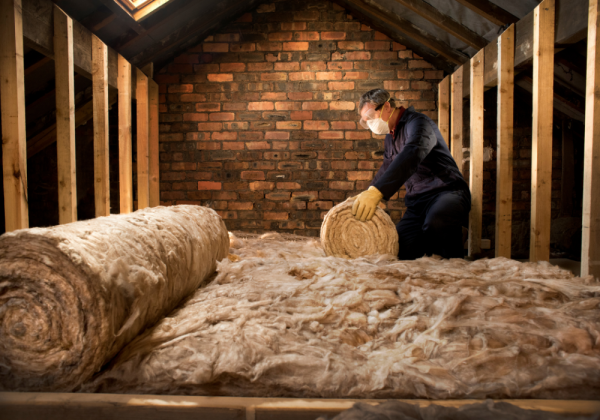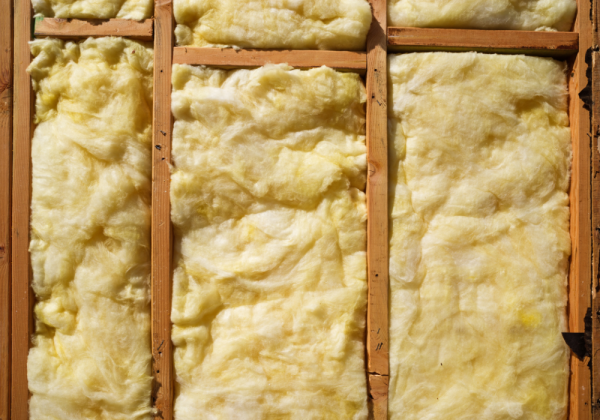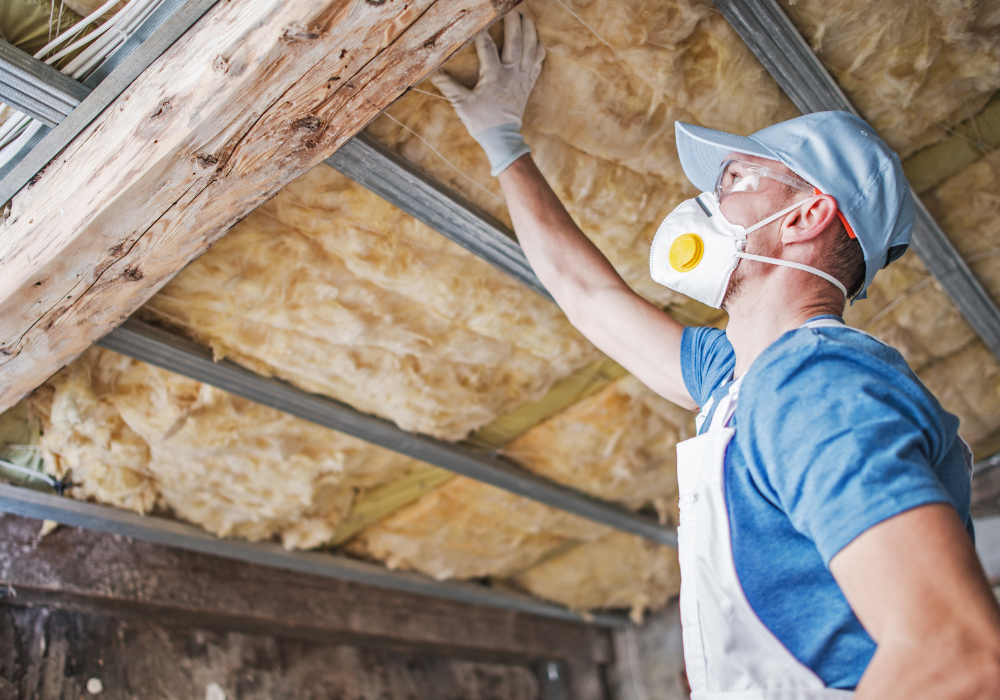As homeowners, we constantly seek ways to improve the comfort and energy efficiency of our homes. One often overlooked aspect of home improvement is attic insulation. Proper insulation can drastically enhance your home’s comfort while providing significant savings on energy bills. This blog post will delve into the importance of insulating your attic and unveil hidden benefits that extend beyond monetary savings. Whether you’re a homeowner, a DIY enthusiast, or an energy saver, this guide will provide valuable insights into making your home more efficient and comfortable.
 The Importance of Attic Insulation
The Importance of Attic Insulation
Attic insulation plays a crucial role in maintaining your home’s internal temperature. By reducing heat exchange through the roof, it helps keep your home warm in the winter and cool in the summer.
Energy Efficiency and Cost Savings
According to the U.S. Department of Energy, homeowners can save up to 15% on heating and cooling costs by properly insulating their attics. This translates to substantial savings over time, making attic insulation a wise long-term investment. Case studies have shown that houses with well-insulated attics consume significantly less energy, leading to lower utility bills and a reduced environmental footprint.
Improved Home Comfort
Beyond cost savings, proper attic insulation ensures a more consistent and comfortable indoor temperature. No more chilly drafts in the winter or sweltering heat in the summer; your home becomes a sanctuary of comfort year-round.
Hidden Benefits Beyond Savings
While the financial benefits are compelling, there are other hidden advantages to insulating your attic that you might not have considered.
Enhanced Structural Integrity
Insulating your attic can protect your home’s structural integrity. Proper insulation prevents moisture buildup, which can lead to mould growth and structural damage over time. By keeping your attic dry, you’re safeguarding your home against potential costly repairs.
Environmental Impact
Reducing your home’s energy consumption directly lowers your carbon footprint. By insulating your attic, you’re contributing to the fight against climate change and promoting a more sustainable lifestyle.
Signs Your Attic Needs Insulation
How do you know if your attic needs insulation? Here are some common indicators:
- Uneven Temperatures: Noticeable temperature fluctuations between rooms.
- High Energy Bills: Unusually high heating or cooling costs.
- Drafts: Cold drafts, especially in winter.
- Ice Dams: Formation of ice dams on your roof during winter.
DIY Tests for Insulation Efficiency
Performing a DIY check can provide a clear indication of your attic’s insulation efficiency. Check for gaps in insulation coverage, feel for drafts, and measure temperature differences between rooms.
Types of Attic Insulation
Choosing the right type of insulation is crucial for maximizing benefits. Here are some common types:
 Fiberglass Batt Insulation
Fiberglass Batt Insulation
- Pros: Easy to install, widely available.
- Cons: Can lose effectiveness if compressed or installed incorrectly.
Blown-In Insulation
- Pros: Excellent at filling gaps, high R-value.
- Cons: Requires special equipment for installation.
Spray Foam Insulation
- Pros: Superior sealing properties, high R-value.
- Cons: Higher cost, professional installation recommended.
Factors to Consider
When selecting insulation, consider factors like R-value (thermal resistance), cost, ease of installation, and longevity. Each material has its strengths and is suited to different needs and budgets.
The Insulation Process
If you’re a DIY enthusiast, insulating your attic can be a rewarding project. Here’s a step-by-step guide:
- Assess Current Insulation: Determine existing insulation levels and identify areas needing improvement.
- Choose the Right Material: Based on your needs, select the appropriate insulation type.
- Safety First: Wear protective gear (gloves, goggles, mask) to protect against insulation fibres.
- Seal Gaps: Use caulking or foam sealant to seal any air leaks before installing insulation.
- Install Insulation: Follow manufacturer instructions carefully, ensuring even coverage without compressing the material.
- Post-Installation Check: Inspect your work to ensure proper coverage and effectiveness.
Hiring a Professional
While DIY projects are fulfilling, some tasks are best left to professionals:
- Complex Attic Layout: If your attic has a complicated structure.
- Existing Issues: Presence of mold or structural damage.
- High-Quality Finish: For optimal performance and longevity.
Future Trends and Technologies in Home Insulation
The insulation industry is evolving, with new technologies promising even greater efficiency and eco-friendliness. Innovations like smart insulation materials that adapt to temperature changes and more environmentally sustainable insulation options are on the horizon. Staying informed about these trends can help homeowners make smarter decisions for their future insulation needs.
Insulating your attic offers a multitude of benefits beyond just saving on energy bills. From improved home comfort and structural integrity to a reduced carbon footprint, the advantages are extensive. If you suspect your attic needs better insulation, now is the time to act. Whether you opt for a DIY approach or hire a professional, the long-term gains are undeniable.
Assess your home’s insulation needs today and start reaping the rewards of a more comfortable, efficient, and eco-friendly living space. Share this post with other homeowners and DIY enthusiasts to spread the word about the hidden benefits of attic insulation. Together, we can create more sustainable and comfortable homes.

